Isotopes, Emissions and Atmosphere is a research group interested in using isotopic composition to understand the production of trace gases from natural and anthropogenic sources, the emission of these gases into the atmosphere, and their chemistry, lifetime and impact in the troposphere.
The group is led by Dr. Eliza Harris at the Swiss Data Science Center at ETHZ. In summer 2024, we will move to the Department of Climate and Environmental Physics at the University of Bern.
Trace gases in the atmosphere
Trace gases make up less than 1% of the atmosphere. Despite their low abundance, they play a key role in climate, biosphere-atmosphere exchange, human and ecosystem health, and many other issues.
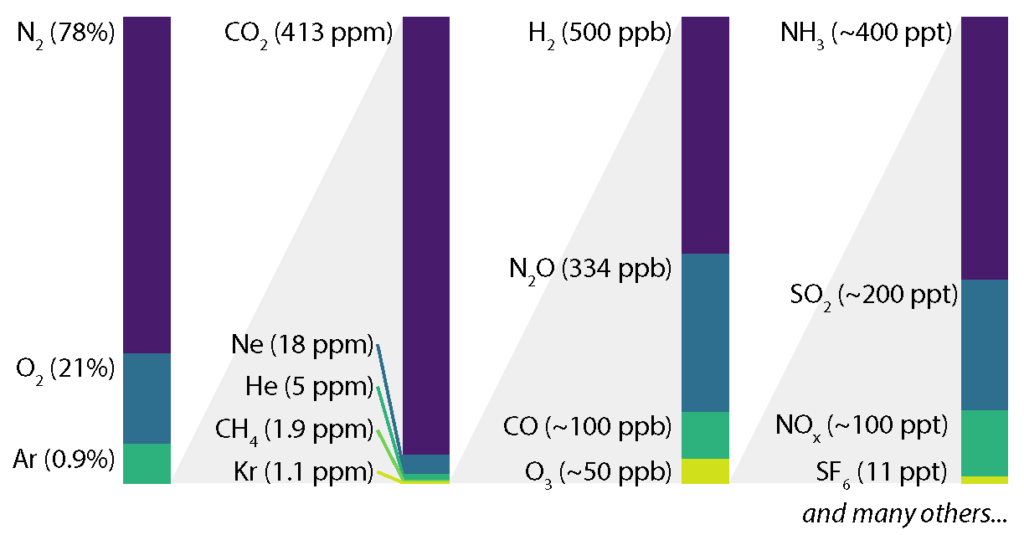
Measurement techniques
The development of novel measurement techniques is a key focus of our research. Isotopic signatures can be used to trace the production and consumption of trace gases. Laser spectroscopy allows direct measurement of the isotopic composition of trace gases based on the specific absorption lines for different isotopocules. Coupling of laser spectroscopy with different peripharies as well as advanced data analysis and modelling techniques will produce new and exciting datasets in the coming years.
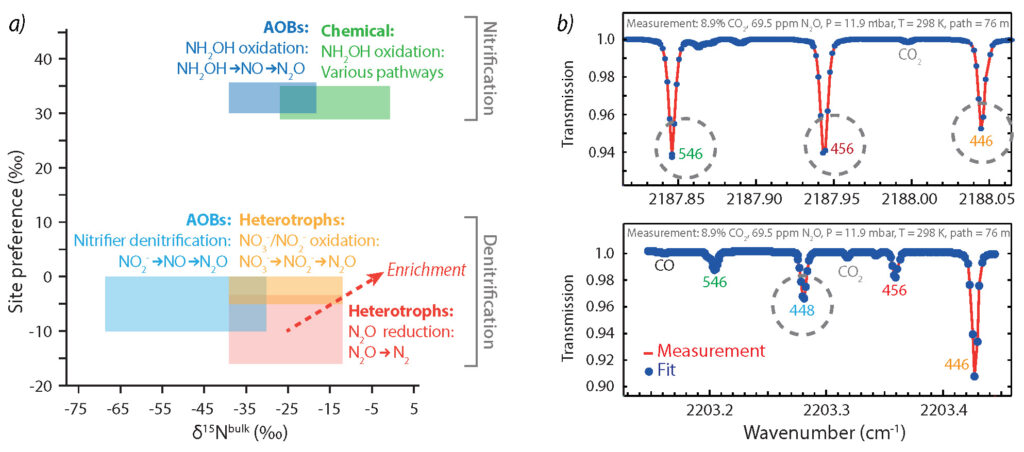
Field applications
We engage in fieldwork in a number of our research projects. This part of our work centers on the emission of N2O from soils and the monitoring of N2O in the troposphere. We are currently measuring N2O emissions at an experimental agricultural site in Kenya. Future campaigns will include: i) Measurement of N2O in the soil profile using low-cost sensors developed in the CRAN project, and ii) Monitoring of N2O mixing ratio and isotopic composition at background sites, particularly the Jungfraujoch high altitude research station.
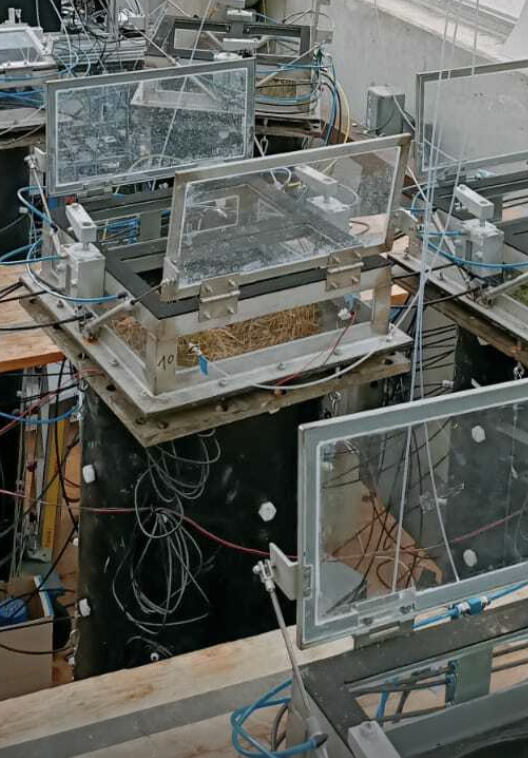
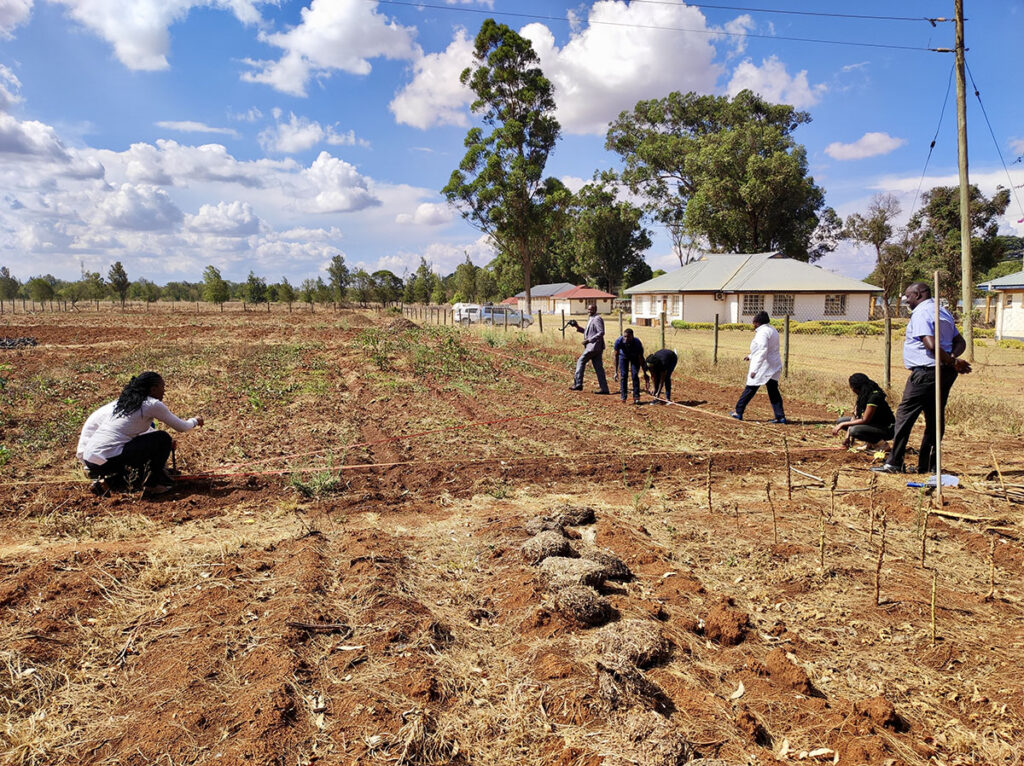
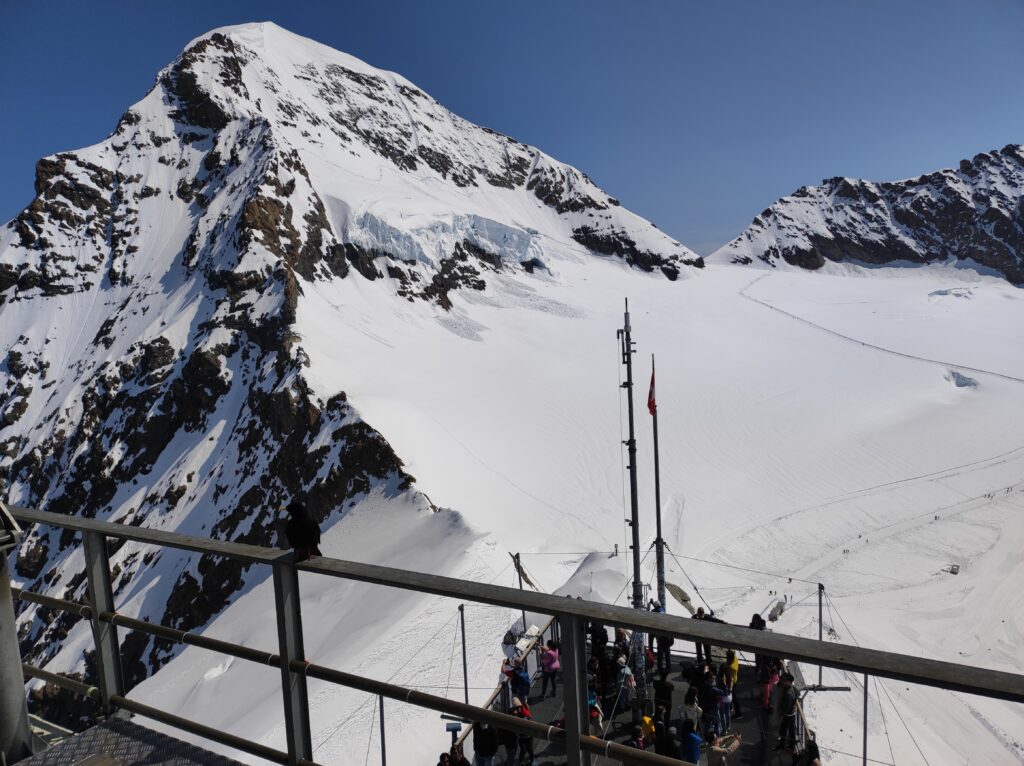
Data science and modelling
Data science and modelling are key to all parts of our research. We are interested in using data science for raw data processing, to achieve higher precision and accuracy for spectroscopic isotopic measurements. Modelling approaches are also required to interpret this data: We have developed the TimeFRAME package to facilitate robust and reproducible quantification of pathways from isotopic datasets. At the global scale, we apply models such as IsoTONE to understand large-scale changes in N2O emissions and consumption.
